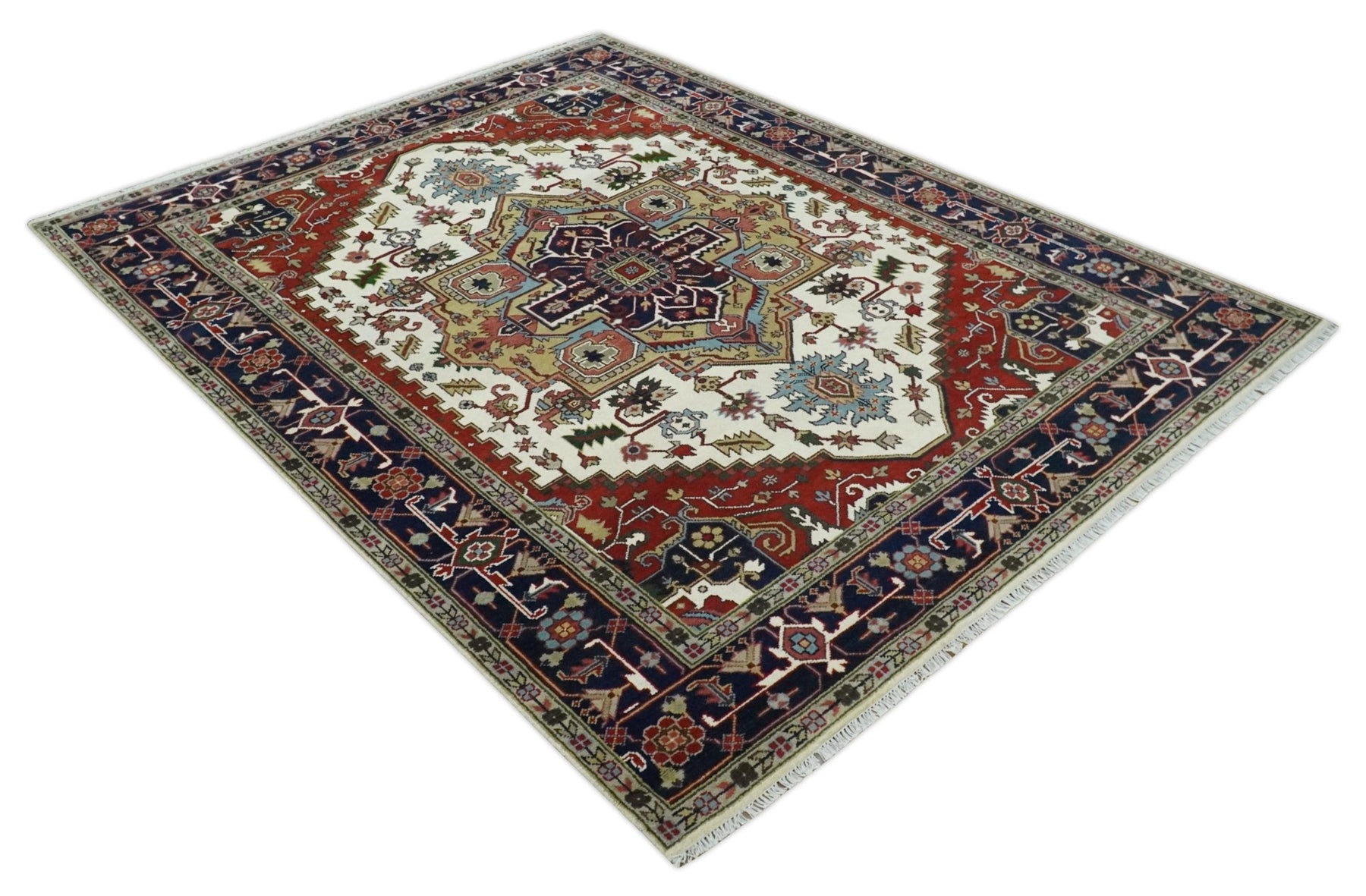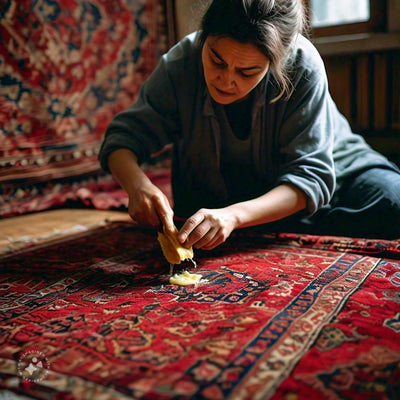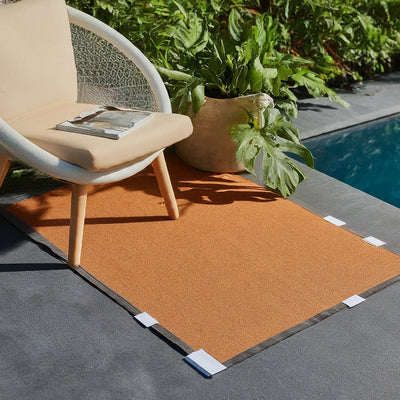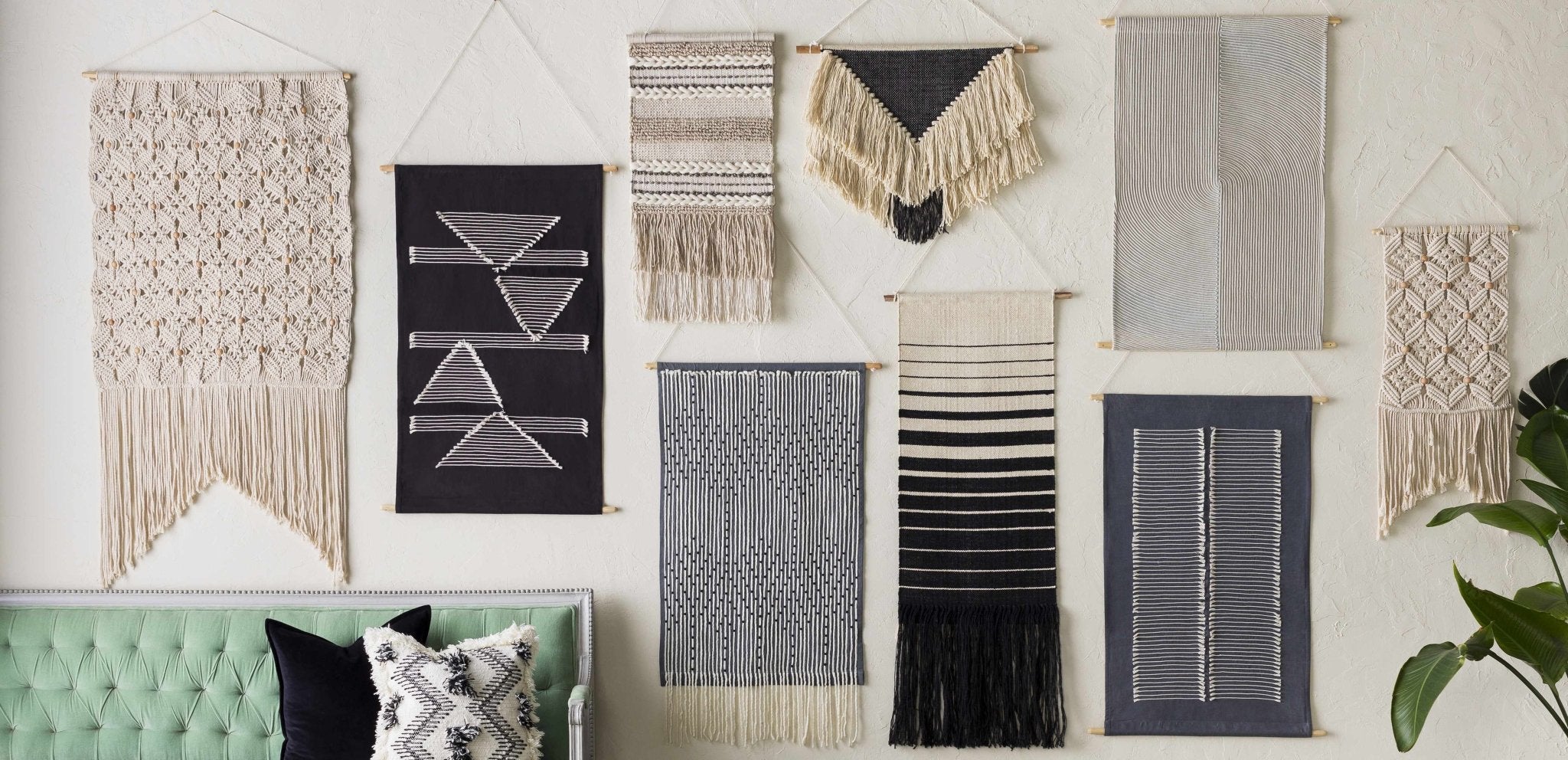Rugs in Kitchen Yes or No: Find Your Answer Here
Rugs in kitchen yes or no is an old debate that still sparks discussions among interior designers and homeowners alike. As you may know that the kitchen is one of the most essential parts of your home, and often called its heart. So, your responsibility is to ensure that you find the best blend of aesthetics and functionality for this space. So, if you are asking, should I put rug in a kitchen, the answer is in the following sections of this post.
To know whether or not to incorporate rugs in the kitchen, understanding the evolving interior design trends is imperative. Therefore, you have come to the right place where we will talk about styles, pros, and cons of placing kitchen rugs in your home. Note that rugs always make a kitchen space look more appealing and vibrant. However, there are surely some challenges that follow, but those do not lack workarounds.
To find answers to whether you should place rugs in kitchen yes or no, exploring all the details till the end of this post is needed. Starting from the maintenance factors to the hygiene aspect, impact of kitchen rugs, and more, everything matters in the discussion. So, whether you're an avid cook concerned about potential spills or a decorator aiming to elevate the kitchen's visual appeal, this exploration will aid you in making an informed decision.
Join us as we unravel the complexities of this design quandary. By the end, you'll have a better idea of whether rugs in the kitchen are a viable and great option or if they should be avoided. Let's look into the answers and see what beauty and functionality rugs can and cannot provide to the heart of your home.
Shop Now - Traditional Vintage Coloful Oushak Rug
Should I put a rug in kitchen- yes or no?
Pros of placing rugs in kitchen
Rugs in the kitchen may be used for more than simply decoration; they can also provide a variety of practical benefits that improve both the beauty and functionality of the space. Here is a list of pros regarding rugs in the kitchen:
Visual appeal
Hard surfaces such as tile or hardwood flooring in kitchens can produce a chilly and sterile ambience. A rug in the kitchen gives a sense of warmth and comfort to the space, therefore transforming the overall look to a more subtle, and pleasant atmosphere.
Noise reduction
The clatter of utensils and the echo of footsteps on hard surfaces can contribute to kitchen noise pollution. However, rugs can absorb sound waves, thus lowering noise levels and improving the environment.
Underfoot comfort
Standing for long periods of time while cooking or cleaning can stress out your feet and legs. A well-cushioned rug provides a comfortable surface that decreases tiredness and pain.
Creates a well-defined space
Rugs can be utilized to delineate different functional zones in open-concept kitchens. Therefore, you can visually separate these sections while retaining a unified design by placing a rug under the dining table or in the cooking zone.
Floor protection
High-traffic areas in the kitchen are prone to wear and tear. Rugs serve as a barrier, protecting the flooring from spills, scratches, and other potential harm.
Cons of placing rugs in kitchen
While the advantages are appealing, there are some challenges to consider when incorporating carpets into the kitchen setting.
Hygiene issues
Kitchens are prone to spills, splatters, and mess. So, rugs can trap these particles, fostering the growth of bacteria, mold, and smells. However, regular cleaning of rugs can help to avoid health hazards.
Maintenance needs
Cleaning a kitchen rug takes more effort than merely sweeping the floor. Rugs are prone to stains, which can be difficult to remove. Furthermore, some kitchen spills may soak through the carpeting and reach the underlying floor.
Safety concerns
Rugs can be a tripping hazard if not properly secured. Therefore, accidents might occur in such a fast-paced atmosphere if the rug slips or rolls up.
Wear and tear
Because the kitchen is one of the busiest spaces in the house, rugs are subjected to heavy foot traffic, spills, and the frequent movement of chairs and stools. This can cause rug damage and a loss of visual appeal over time.
Compatibility issues
Rugs must complement the design and arrangement of the kitchen. The improper style, color or size of kitchen rugs can detract from the overall appearance and conflict with the current decor. Therefore, it is important to check out references for kitchen rug sizes as the wrong ones can disrupt the look of the space.
Where to put rug in kitchen- best suitable options
A rug may add comfort and charm to your kitchen, but determining where to put rug in kitchen involves careful consideration of both aesthetics and functionality. Here are some great spots in your kitchen to consider putting a rug:
- A rug beside the stove might provide relief for your feet during long cooking periods. To avoid any safety issues, choose fire-resistant materials and avoid placing it too close.
- A rug under the sink can give a comfortable landing point for your feet as you do the dishes. Choose a long-lasting, water-resistant material that can survive a few splashes.
- Identify spots in your kitchen that experience a lot of foot traffic, such as doors leading to other rooms or the backyard. Placing a rug in these areas can help protect your flooring while also adding a touch of flair.
- If you have pets, try putting a rug beneath their food place to catch spills and make cleanup easier.
- If your kitchen has a breakfast nook or dining table, a rug beneath it helps define the space and create a warm, inviting ambiance for family meals.
- Placing a rug in front of your kitchen island or countertop will help you feel less fatigued while preparing meals. To deal with spills and food splatters, consider a stain-resistant alternative.
FAQs
Should you put rug in the kitchen?
Adding a rug to the kitchen is a personal choice that can enhance comfort and style. However, opt for durable and easy-to-clean materials to withstand kitchen wear and tear.
Where to put rug in the kitchen?
Ideal locations include under the sink for comfort, in front of the prep area to reduce fatigue, and near high-traffic zones for protection. Choose spots that align with your kitchen's layout and your needs.
What rugs are good for kitchen?
Kitchen rugs should be made of durable and stain-resistant materials like wool, cotton, or synthetic blends. Look for flatweave or low-pile options that are easy to clean and can withstand spills.
Should you put a rug in a small kitchen?
Yes, a rug can work in a small kitchen, but choose a size that doesn't overwhelm the space. Opt for lighter colors and avoid large patterns to make the kitchen appear more open and spacious.









